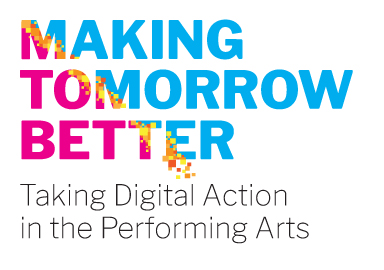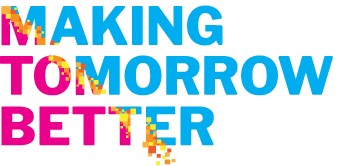Measuring the Effectiveness of Your Web Presence
Building an effective web presence is important, but how will you know when you’ve achieved this aim? That’s where measurement comes in.
The old adage applies: What gets measured gets managed. Focus on a few key metrics that are important indicators of success and establish a regular schedule – weekly, monthly, quarterly – to track your progress.
Begin by looking at your strategic objectives as an organization. Not all these objectives may be linked to your web presence, but for those that do:
- Identify at least three and no more than 10 measurable key performance indicators (KPIs) that will indicate whether you’re making progress on your strategic goals. Some common KPIs include:
- Audience metrics: number of users, new vs. returning visitors, or recency and frequency of visits
- Acquisition metrics: volume of traffic from organic search, social media, or other sources
- User behaviour: traffic to specific pages, bounce rate, or number of pages viewed per visitor
- Engagement metrics: volume of shares, comments, or reactions to links shared on social media, or volume of social media mentions of your brand
- Establish benchmarks. For each KPI, record where you stand right now. If possible, you may also want to include some data from recent history (for example, average pageviews last year or the volume of traffic to your website from Facebook over the past six months)
- Decide how often you will gather and record data on these KPIs. For some metrics, it may be reasonable to check in monthly or quarterly, and for others, weekly or even daily.
Measuring and reporting on KPIs can take some time, so limit how many KPIs you actively track. Focus on those which provide meaningful feedback. On an annual basis (or more frequently, depending on the needs of your organization), sit down with your team to review web metrics and discuss your goals online.
For example, if your goal is to raise more money from donors, perhaps you want to create a campaign to increase traffic to the web page where people can make a donation or test some new copy or layout to try and get a higher percentage of people who land on that page to donate.
If your goal is to reach younger audiences, perhaps you might invest time and resources in marketing your organization on Instagram or TikTok. To measure the success of this strategy, you could choose to measure engagement on these platforms, traffic from these sites, the number of people who say they heard about your event through these channels on an audience feedback form, or even have a volunteer count heads to tally the ratio of grey-haired audience members at your events over a period of time to see if there is any change.
View or download the PDF of Building an effective web presence in 2022 – Understanding Search Engine Optimization
Written by Briana Doyle, Troubadours & Vagabonds Productions, and Inga Petri, Strategic Moves
December 2021
Links to Topics
Building an Effective Web Presence in 2022: First Impressions and Your Digital Footprint
Essential New Web Building Blocks
Understanding Search Engine Optimization (SEO)
Writing for people and coding for search engines
Content Drives Linking Strategy
Good design drives user experience and usability
Tip: It’s not just the numbers that matter, it’s the story they tell.
If views, engagements, and clicks are high, but sales are low, for example, you may want to make sure your shopping cart process is functioning properly, and your pricing is in line with audience expectations.




